A successful ad campaign starts with a well-planned PPC strategy. But if you’re new to pay-per-click advertising, you may not know where to begin.
In this guide, you will learn how to implement the top PPC strategies in your business. Whether you’re new to marketing or an experienced business owner looking to improve your advertising campaigns, these PPC marketing strategies will help you.
Let’s get started!
We can count on them to bring new ideas to the table consistently
What Is PPC Advertising?
PPC advertising is a popular form of online marketing where advertisers bid on keywords, paying a fee each time their ad is clicked. This auction-based model relies on bids on specific keywords or phrases to determine which ads are displayed in search engine results or on relevant websites.
For example, a company selling health insurance can bid on relevant keywords such as “affordable health insurance,” “medical coverage options” or “health insurance quotes.” When a user searches for these terms, the company’s paid search ads may appear at the top or bottom of the search engine results page based on the ad auction and PPC algorithm results.
If the user clicks on the ad, they will be directed to the company’s website or a landing page specifically designed for health insurance services.
Search engine marketing allows businesses to reach a specific audience, drive targeted traffic to their website, and potentially generate valuable conversions or sales.
Dive Deeper: Multi-Channel PPC Advertising Case Study: Boosting Your ROI
What Are the Types of PPC Advertising?
Here are the top ad types that you can run on different PPC platforms, like Google Ads, Bing Ads, Amazon, Facebook, and others:
- Search Ads: Search ads are text-based ads that appear on search engines within the search network when users search for specific keywords or phrases:
- Display Ads: Display ads are visually appealing banner or text ads that are placed on relevant websites within the Google Display Network:

- Remarketing Ads: Remarketing ads are targeted ads shown to users on social media, relevant websites, or search results that are shown to users who have previously visited a website or engaged with a brand:
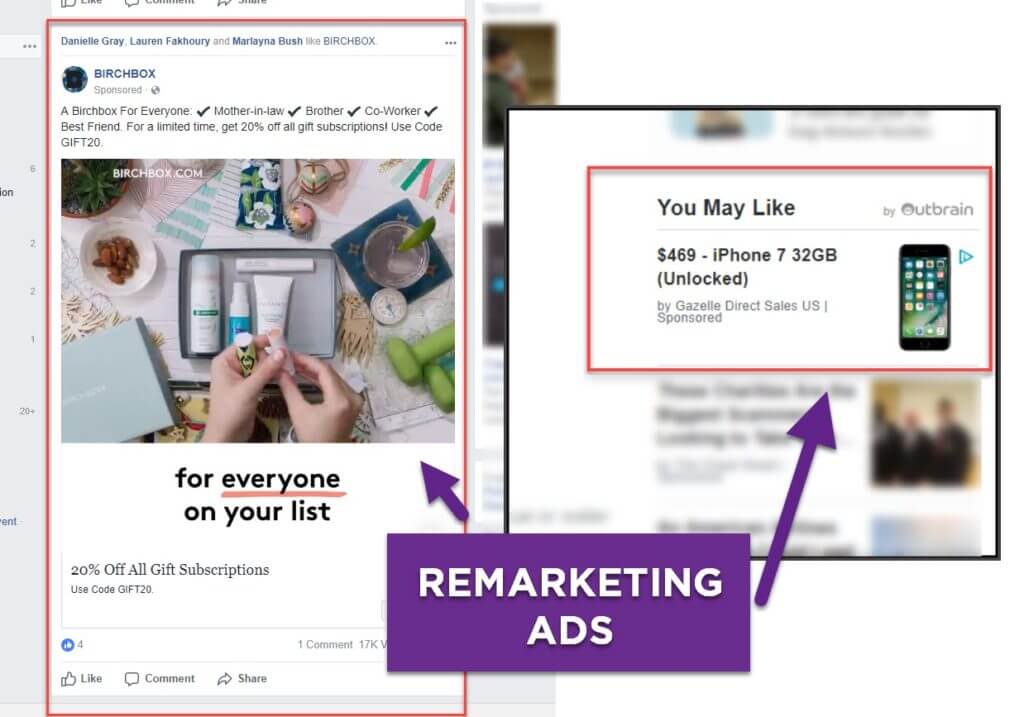
- Shopping Ads: Shopping ads are specific to e-commerce businesses and display product images, prices, and other details. This type of PPC ads appear in search engine results pages when users search for specific products, showcasing relevant products from various online retailers:
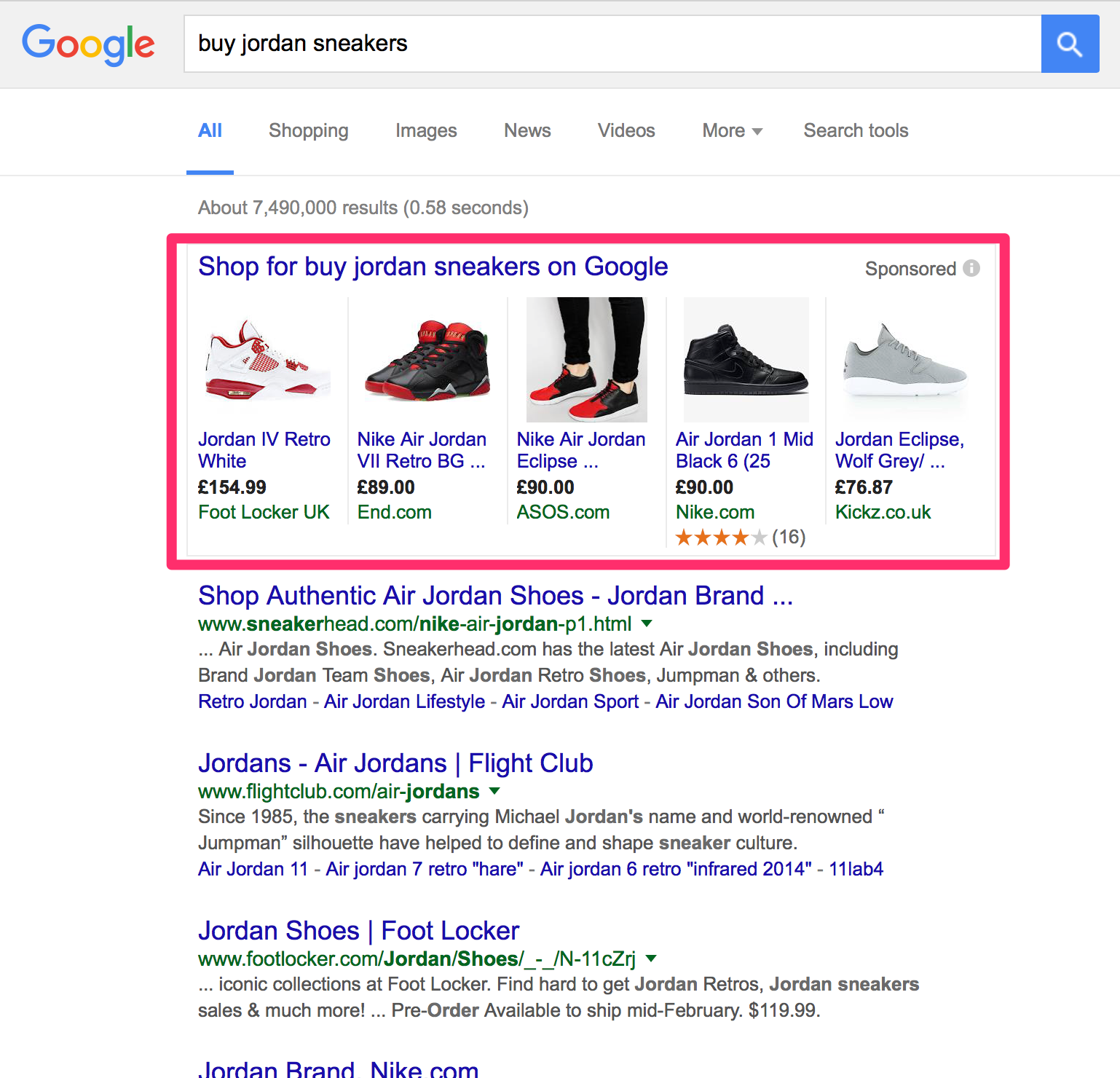
- Video Ads: Video ads appear within video content on platforms such as YouTube or other ad networks. These ads can be in-stream, where they play before, during, or after the video content, or they can appear as display ads alongside the video player:
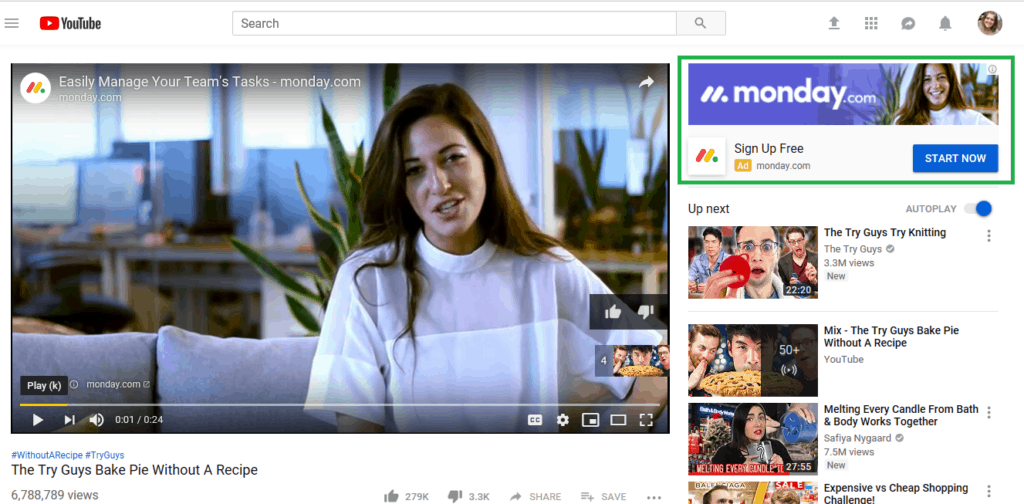
- Social Media Ads: Social media native ads are ads displayed on various social media platforms such as Facebook, Instagram, Twitter, or LinkedIn. They can be targeted to specific audiences based on demographics, interests, or behaviors. These ads can be in the form of text, images, videos, or a combination.:
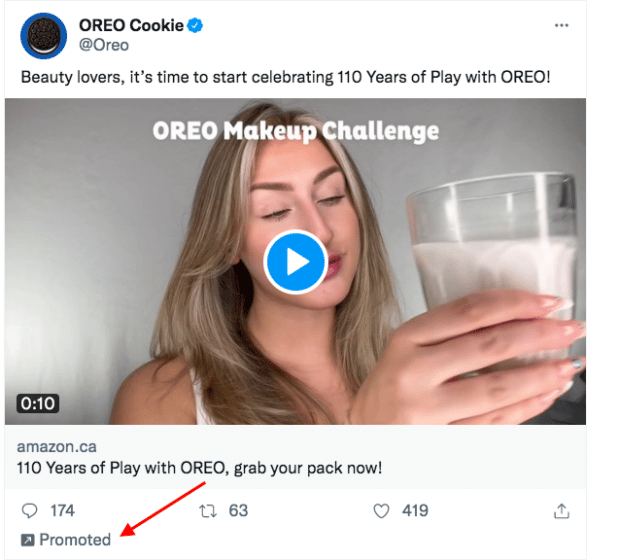
- Amazon Ads: Provided by Amazon, the popular e-commerce platform, these ads offer several digital advertising opportunities for businesses to promote their products and reach potential customers on the platform:
-7.png)
12 PPC Advertising Strategies for Beginners
After deciding on the ad types you will incorporate into your marketing plan, you can focus on the best PPC ad strategies to maximize your chances of success. Follow these recommendations to drive valuable results for your business:
1) Use Long-Tail Keywords
Long-tail keywords are more specific and typically contain three or more words, targeting a niche audience with higher purchase intent.
They have lower competition, resulting in a higher click-through rate (CTR) and lower cost per click (CPC). By being more specific, they attract highly targeted customers who are more likely to make a purchase, leading to increased CTR, a higher Ad Quality Score, and a reduction in irrelevant search terms.
Here is an excellent example of long-tail keywords for a PPC ads agency: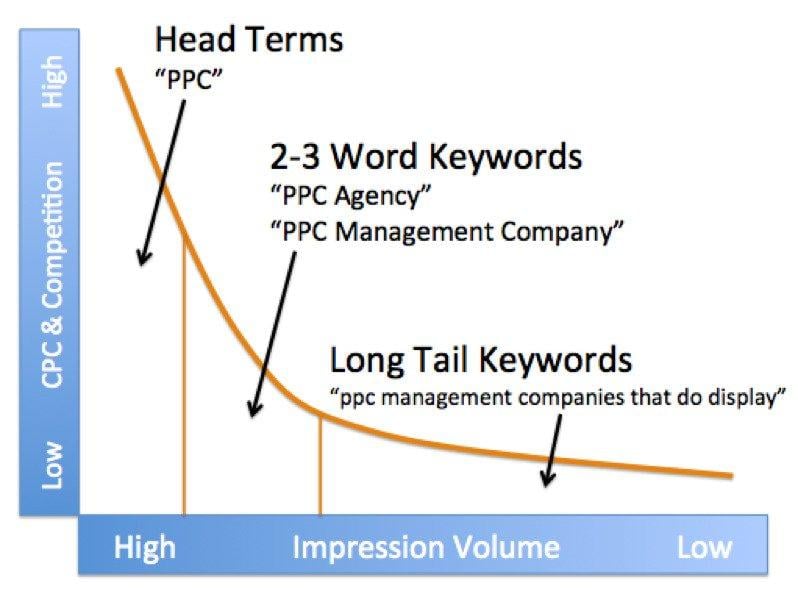
Dive Deeper: Why You Should Use Long-Tail Keywords in Your SEO Campaign
2) Prepare Compelling Ad Copy
Create attention-grabbing ad copy to attract users to your ads and increase ads lead. Instead of focusing on product or service features, emphasize the benefits that customers will gain.
Include a clear and compelling call to action in your PPC ad copy. A strong CTA prompts readers to take the desired action, such as purchasing, signing up for a newsletter or contacting your business. Keep it concise, persuasive and convey a sense of urgency.
Here is an example of a PPC ad that leverages emotion in its ad copy: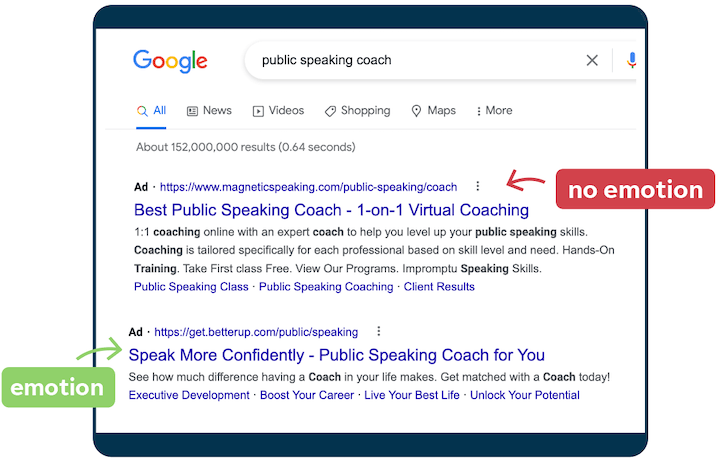
Dive Deeper: How to Create Compelling Text Ads on Google (with Examples)
3) Optimize Landing Pages for Conversions
Well-crafted landing pages are a vital part of your content marketing strategy. For best results, maintain message consistency between your ads and landing page, streamline the design to remove distractions and focus on highlighting key elements of your product or service.
For a seamless user experience, improve page load speed and craft compelling headlines highlighting the value proposition. Webpages that load quickly on all devices, especially mobile, help to boost search engine optimization. Also, don’t forget to use strong call-to-action (CTA) to encourage conversions.
Here is the anatomy of a basic PPC landing page: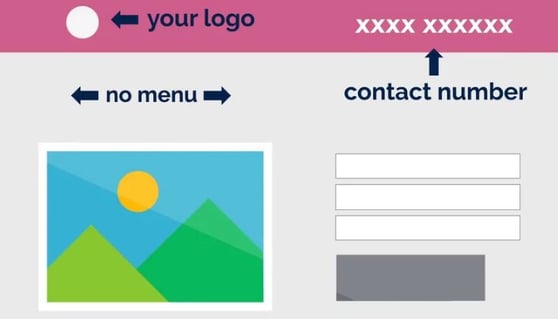
Dive Deeper: The Ultimate Guide to Creating a High-Converting Landing Page
4) Target at Least 3 PPC Platforms
Targeting at least three PPC platforms offers several advantages for advertisers.
By leveraging multiple platforms, you can expand your brand’s visibility and tap into new markets, reaching potential customers who may not be active on a single platform. This broader reach increases your chances of generating more traffic, leads and conversions.
Search engine advertising, such as Google PPC Ads, targets users actively searching for specific products or services, making it ideal for capturing high-intent traffic.
On the other hand, social media advertising platforms like Facebook Ads allow you to target users based on their interests, behaviors, and demographics, creating highly targeted search campaigns.
5) Set a Realistic Budget
Setting a PPC budget for your Google Ads campaign requires careful consideration and strategic planning.
Align your budget with your business goals and objectives. To determine an appropriate budget, conduct thorough keyword research, analyze industry benchmarks, and calculate your desired return on ad spend (ROAS).
Regularly monitor and adjust your budget based on performance data to optimize your PPC campaigns for maximum effectiveness. By taking a data-driven approach and continuously evaluating your budget, you can allocate your resources efficiently and achieve better results from your PPC advertising efforts.
The basic formula for determining your PPC budget is:
Monthly PPC Budget = (Desired Monthly Ad Spend) / (Average Cost Per Click) * (Estimated Monthly Clicks)
For instance, if the desired monthly ad spend is $2,500, the average cost per click is $1.50, and the estimated monthly clicks are 2,000, the PPC budget will be:
Monthly PPC Budget = ($2,500) / ($1.50) * (2,000)
Monthly PPC Budget = $1,667
Once you get your monthly ad spend, you can divide the number by 30 for your daily ad spend.
Daily PPC Budget = (Desired Monthly Ad Spend) / (30)
In this case, it will be:
Daily PPC Budget = $1,667/30 = $56
Related Content: Demystifying PPC Pricing Packages: Optimizing Ad Campaigns
6) Use Negative Keywords
Negative keywords in paid ads are specific keywords or phrases that you exclude from your Google Ads account to prevent your ads from being triggered by irrelevant or unrelated search queries.
Adding negative keywords can refine your targeting and ensure your ads are shown to a more relevant audience, increasing the chances of attracting qualified clicks.
To add negative keywords to your ad group, follow these steps:
- Identify irrelevant or unwanted keywords to exclude from triggering your ads.
- Navigate to your campaign in the Google Ads interface and select the ad group where you want to add negative keywords.
- Go to the “Keywords” or “Negative Keywords” section within the ad group settings.
- Click on the option to add negative keywords.
- Enter the negative keywords, ensuring they are formatted correctly and separated by commas or line breaks.
- Save your changes to apply the negative keywords to your ad group.
For example, for an e-commerce business selling dancing dolls online, here are some negative keywords to exclude from the campaign for both desktop and mobile users:
- Free dancing dolls
- Used dancing dolls
- DIY dancing dolls
- Dancing dolls costume ideas
- Dance classes for dolls
This allows you to avoid irrelevant traffic from people searching for free or used dolls, DIY-related queries, or general information about costumes or dance classes. It also helps to focus your ad spend on reaching potential customers who are more likely to be interested in purchasing dancing dolls from your e-commerce store.
Dive Deeper:
* SEO Keyword Research Made Easy in 2023
* How to Rank on Page 1 of Google for Thousands of Keywords
* How Zero Search Volume Keywords Can Generate a Ton of Traffic
7) Leverage Ad Extensions
Ad extensions play a vital role in PPC strategy by providing additional information and functionality to your ads, making them more compelling and relevant to users.
The primary types of ad extensions include:
- Call extensions, which allow users to directly call your business:
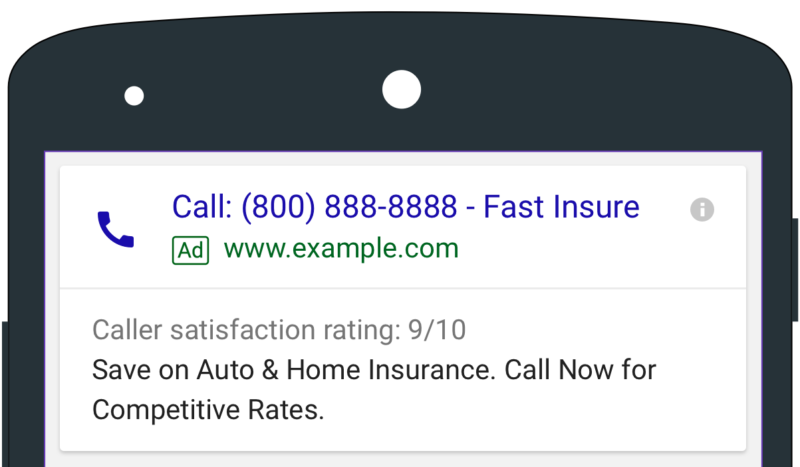
- Site link extensions, which provide additional links to relevant pages on your website:
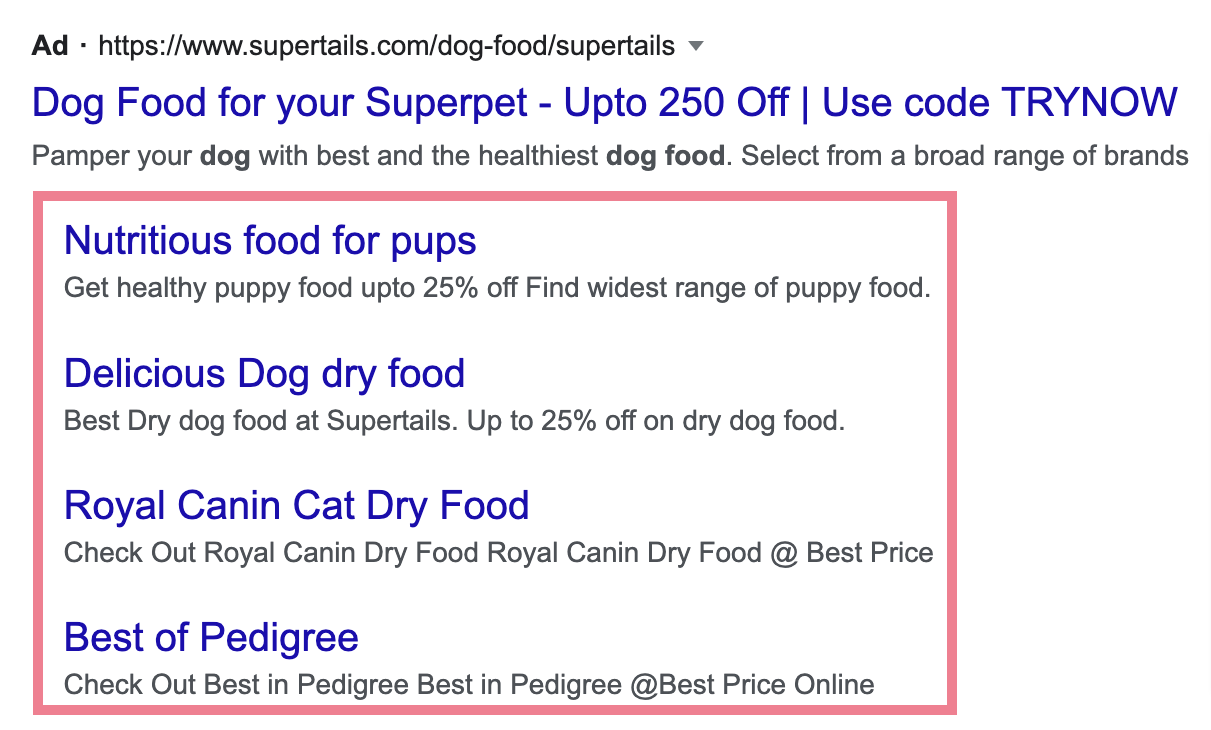
- Location extensions, which display your business address and map:
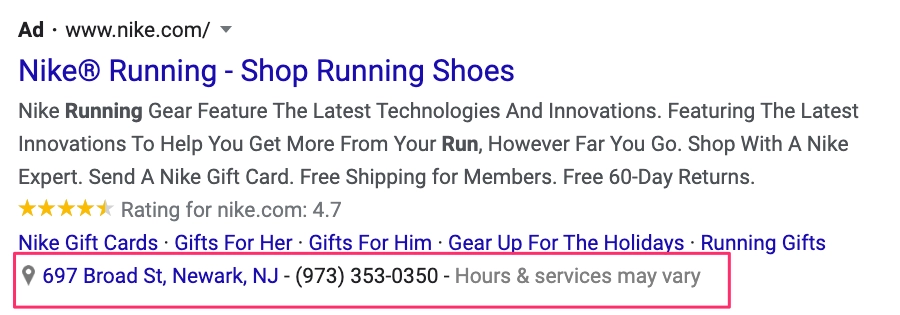
- Review extensions, which showcase positive reviews and ratings:

- Structured snippet extensions, which highlight specific aspects or categories of your products or services:
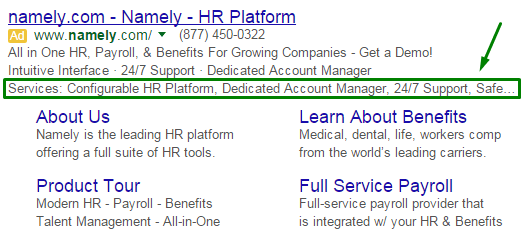
By utilizing these ad extensions effectively, you can make your ads more informative and engaging, ultimately driving better results and maximizing the return on your PPC investment.
Dive Deeper: Google Ad Extensions: Everything You Need to Know
8) Use Responsive Ads
Responsive ads are a dynamic type of Google Ads format that automatically adjusts size, appearance, and format to fit various ad placements on mobile devices. They allow advertisers to provide multiple headlines, descriptions and images, and the ad platform combines and tests different combinations to optimize performance.
Here are some examples of responsive display ads for a sunglasses brand that are automatically selected based on the user device and query:
9) Use Remarketing Lists for Search Ads (RLSA)
Remarketing is a strategy that is designed to bring back customers who have bounced from your website after performing a certain action. The purpose, of course, is to persuade them to make a purchase.
Create specific remarketing lists based on user behavior or actions on your website: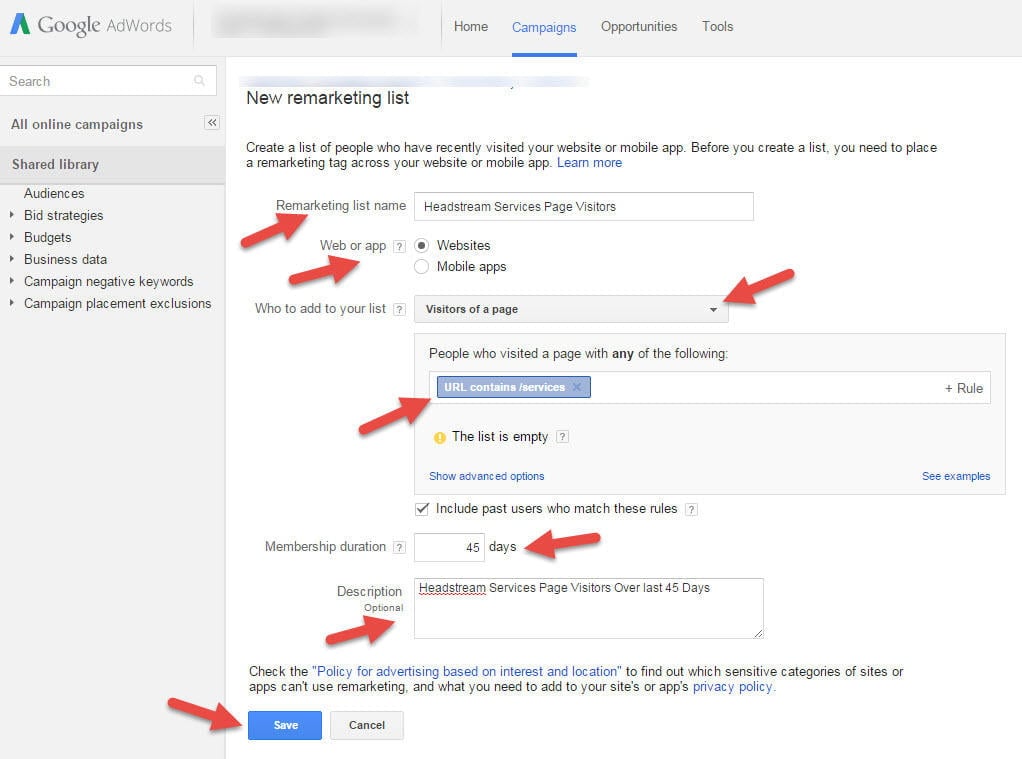
For example, you can create lists for users who visited specific product pages, abandoned shopping carts, or completed a purchase.
Create a dedicated campaign or ad group within your Google Ads dashboard to target these lists. Doing so allows you to customize bids and ad messaging specifically for these audiences.
Related Content: Google Ads Enterprise Audits: Strategies and Tools to Boost Your ROAS
10) Use Life Events Targeting
Life events targeting is a feature in PPC advertising that allows brands to reach their target audience during significant life milestones or events. It enables you to target individuals who are currently experiencing or have recently gone through major life changes, such as getting married, moving to a new home, graduating from college or having a baby.
By aligning your ads with these significant moments, you can deliver more relevant and timely messages to capture the attention of users with unique needs or preferences during these transitional periods.
Create dedicated campaigns or ad groups targeting users experiencing particular life events. Customize your ad messaging and offer to resonate with their specific needs or aspirations.
Here is an example of a life event campaign on Facebook Ads: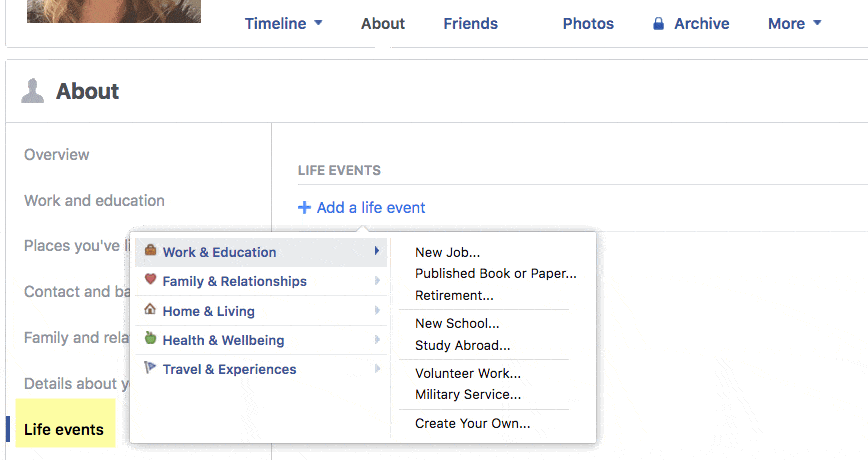
11) Use Dynamic Keyword Insertion (DKI)
Dynamic Keyword Insertion (DKI) is a powerful feature in Google Ads campaigns that allows you to dynamically insert the user’s search query into your ad text, tailoring the ad copy to match the exact keywords users are searching for and creating a highly relevant and personalized ad experience. This is effective in increasing the ad’s visibility and click-through rates.
To do this, include the DKI code in the ad text where you want the dynamic keyword to appear with the following syntax: {keyword:default text}
- {keyword} is the DKI placeholder that will be replaced with the user’s search query.
- “default text” is an optional default value used if the keyword cannot be inserted.
For example, if your ad text is “Find {keyword:Great Deals} on Our Website”
- When the user searches for “pizza” the ad will show “Find Pizza Deals on Our Website”
- When the user’s search term doesn’t match any of your keywords, the ad will show “Find Great Deals on Our Website”
12) Leverage Lookalike and Similar Audiences
Lookalike audiences and similar audiences can be applied to your PPC campaigns, allowing you to target a broader set of potential customers who are more likely to engage with your ads and convert into customers.
To use your lookalike audience effectively, start by creating a seed audience consisting of your best and most loyal customers:
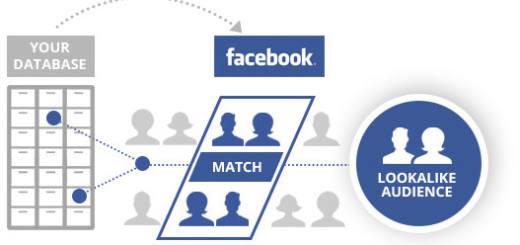
This audience is the foundation for the ad platform to identify similar individuals.
Dive Deeper: Enterprise Advertising: How to Successfully Reach Your Target Audience
Conclusion: Leveraging Effective PPC Strategies
Harnessing the potential of PPC platforms like Google Ads is a powerful way to reach your target audience and increase conversions. However, achieving success in your ad campaigns requires a well-rounded approach.
Key elements such as effective keyword selection, compelling ad copy creation, and ROI-friendly landing page creation are cornerstones of an effective online advertising strategy.
By implementing the PPC strategies outlined in this article, you can generate more online sales and achieve a higher return on your ad spend.
If you’re ready to level up your business with effective PPC advertising, Single Grain’s paid ads experts can help!👇
PPC Advertising FAQs
What are CPC, CTR and CPA in PPC strategy?
- CPC (cost per click): the amount you pay for each click on your ad.
- CTR (clickthrough rate): the percentage of people who click on your ad after seeing it.
- CPA (cost per acquisition): the average cost of acquiring a customer through your ad campaigns.
What is the best way to increase click-through rates?
The best way to increase clickthrough rates is by creating a compelling and targeted ad copy that resonates with your target audience and makes your brand awareness PPC campaign successful.
How many keywords should I use per ad group?
For better organization and relevancy, you should have around 20-25 keywords per ad group.
How can I calculate my PPC ads returns on investment?
To calculate your PPC strategy return on investment (ROI), you need to subtract the total cost of your PPC campaigns from the total revenue generated by those campaigns.
After that, divide the result by the total cost and multiply by 100 to get the ROI percentage.
For example, if you spent $1,000 on PPC ads and generated $5,000 in revenue, your ROI would be (($5,000 – $1,000) / $1,000) * 100 = 400%. This means that for every dollar you invested in PPC, you earned $4 in return.
What are Quality Score and Ad Rank in PPC strategy?
Quality Score is a metric platforms like Google Ads use to measure the ad relevance and quality of keywords and landing pages.
Ad Rank is the position of your ad on the search engine results page, determined by factors like bid, Quality Score, and ad extensions.
What is the difference between retargeting campaigns and remarketing ads?
A retargeting campaign refers to the overall strategy of targeting past website visitors using techniques like cookie-based tracking while remarketing ads specifically pertain to the customized advertisements shown to these retargeted audiences.
Should I hire a PPC agency or manage campaigns in-house?
Hiring a specialized pay-per-click marketing agency will provide you with expertise, time savings, and access to advanced tools. They use different PPC marketing tools and Google Analytics accounts data to measure and optimize your campaigns on both desktop and mobile devices.


